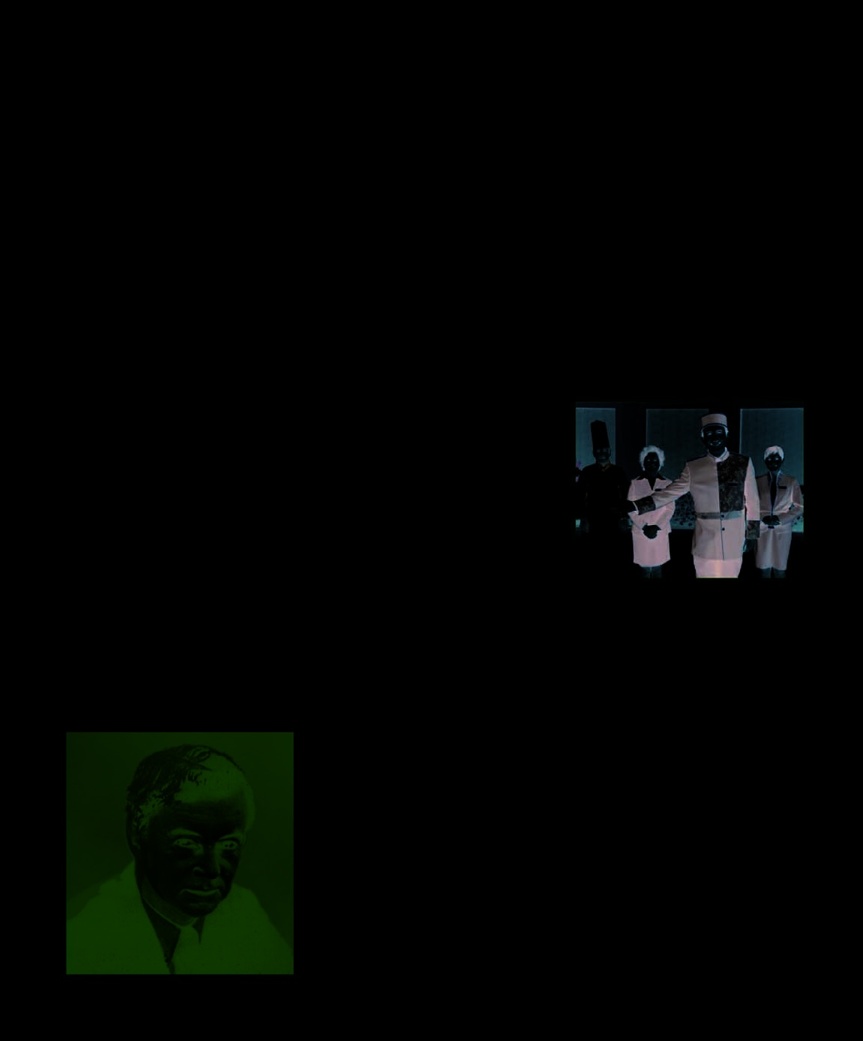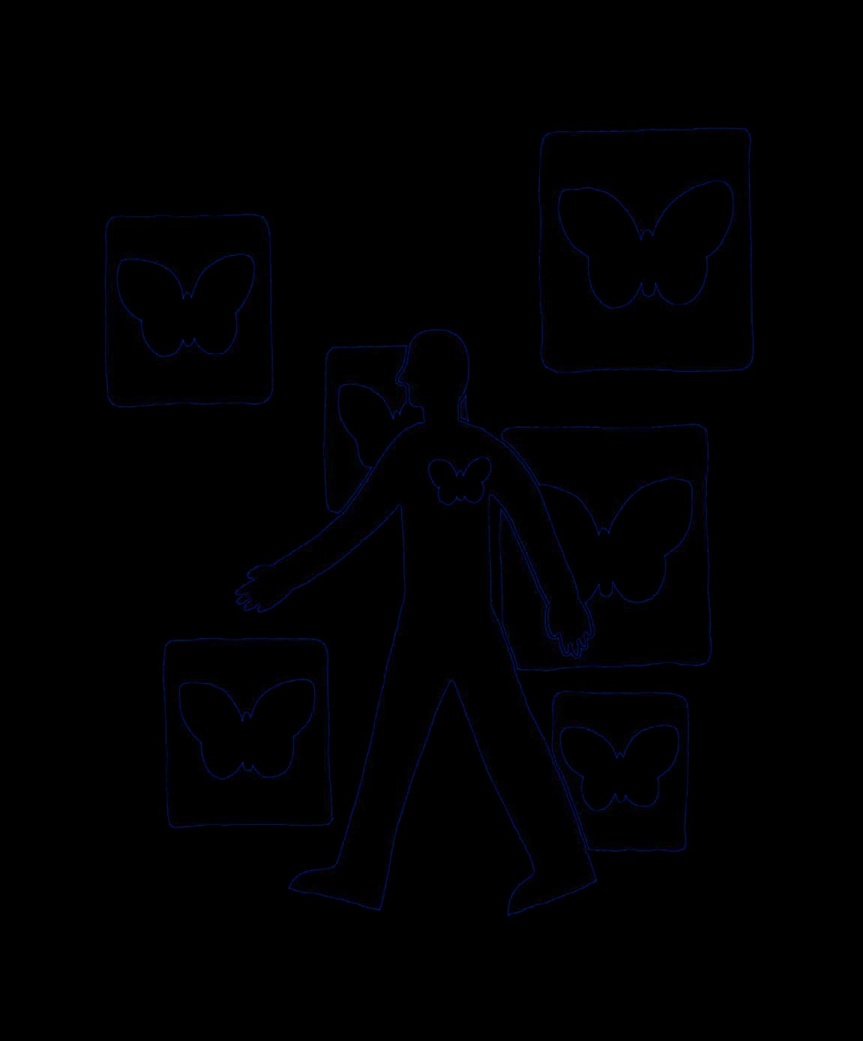The Psychology Book (72 page)
Read The Psychology Book Online
Authors: Unknown

about humanity. ■

228
LIFE IS A
DRAMATICALLY
E ERNVINGACTE
GOFFMAN (192D
2–1 TH
982)
ING
IN CONTEXT
Social interaction
is comparable to a theatrical play.
APPROACH
Impression management
BEFORE
1890
William James first
makes the distinction
People, like actors, try
There are
“front
between the private self-as-
to create a
favorable
stage”
areas for
subject (“I”) and the public
impression
of
our public
There is an
self-as-object (“me”).
themselves through
personas, and
audience
for
their choice of script,
“backstage”
the performance.
1902
American sociologist
setting, wardrobe,
areas for our
Charles Cooley posits the
skills, and props.
private lives.
looking-glass self theory, which
states that the self is reflected
in the reactions of other people.
AFTER
1990
US psychologists Mark
Life is a dramatically enacted thing.
Leary and Robin Kowalski
define three ways in which
impression management can
increase well-being: belonging,
self-enhancement, and self-
understanding.
D
evised by Erving Goffman, with other people, we present a
impression management
public image of ourselves. In some
is a theory that relates
instances, we may be trying to
to how we create, maintain, and
influence a particular person
1995
Psychologist Sarah
enhance our social identities.
(such as a job interviewer); in other
Hampson argues that our
A fundamental aspect of social
situations, we may simply be trying
behavior changes according to
interaction, Goffman says, is that
to maintain a favorable image of
who we are with, and different
we try—either consciously or
ourselves. In his 1959 book,
The
people bring out various
subconsciously—to manipulate
Presentation of Self in Everyday
aspects of our personality.
and control the way that others
Life
, Goffman draws a parallel
perceive us. Whenever we interact
between impression management

SOCIAL PSYCHOLOGY 229
See also:
William James 38–45 ■ William Glasser 240–41 ■ Stanley Milgram 246–53 ■ David D. McClelland 322–23 ■
Walter Mischel 326–27
and theater, showing how the
costumes to display to the
if the food at the party turns out
ways we present ourselves in
audience. The main goal of both
to be nothing more special than
the real world are similar to the
the social actor and the onstage
pizza, or there are noncelebrities
performances of dramatic actors
actor is to maintain a sense of
also in attendance—there is a
on stage. Each social interaction is
coherence through interactions
tendency for people to pretend
driven as much toward having a
with other actors. This can only
that nothing has changed, thereby
particular effect on the audience as
be achieved when everyone
encouraging an artificial sense of
it is toward honest self-expression.
agrees upon the "definition of the
believability in order to keep the
In fact, according to Goffman’s
situation," and on the characteristics,
peace or to avoid embarrassment.
theory, personality is the sum of
expectations, and limitations of
Goffman himself was said
the various roles that a person
a particular performance or
to enjoy testing the limits of the
plays in his or her life. This implies
interaction, signaling to each other
rules that shaped encounters in
that the true self is not a private or
the appropriate ways of reacting
restaurants, lecture theaters, and
internal phenomenon, but rather
and fitting into the social setting.
movie theater lines. ■
the dramatic effect of the ways in
To be in proper accord, people
which a person presents himself
must agree on their personal
publicly. “Life is a dramatically
identities, the social context,
enacted thing,” Goffman says:
and the collective expectations
creating a successful impression
of behavior within that context.
requires the right setting, props,
For example, celebrities attending
wardrobe, skills, and a shared
an elite party have all implicitly
understanding of what constitutes
agreed to understand that they
being on stage (in the public
are “celebrities at an elite party;”
sphere) versus backstage (in the
each will accept their defined role
personal, private sphere).
in that situation and encourage
other actors and observers (or
Hotel staff
are "front stage" when
Performance skills
audience members) alike to accept
they are interacting with the public.
Goffman believes that in real life,
this definition. However, if the
Their behavior may change, becoming
everyone has the ability to choose
particular definition of the situation
less formal, when they are not on
their own stage, props, and
becomes discredited—for instance,
duty "backstage".
Erving Goffman
Erving Goffman, a Canadian
wrote about this experience
sociologist and writer, was
in his 1969 paper,
The Insanity
born in Mannville, Alberta. His
of Place
. In 1981, he married
ancestors were Ukrainian Jews
again, and in 1982—despite
who had emigrated to Canada.
being seen as something of a
Goffman gained a bachelor’s
maverick—became president
degree in sociology and
of the American Sociological
anthropology at the University of
Association. He died of stomach
Toronto, then obtained a master's
cancer just a few months later.
and PhD in sociology at the
University of Chicago. In 1962,
Key works
he was made a full professor at
the University of California, and
1959
The Presentation of Self
by 1969 had published seven
in Everyday Life
significant books. Tragedy struck
1961
Asylums
in 1964 when his first wife
1971
Relations in Public
committed suicide; Goffman
1974
Frame Analysis

THE MORE
YOU SEE IT
THE MORE YOU
LIK
ROBERT ZAJONC (1923–2008)
E IT


232 ROBERT ZAJONC
IN CONTEXT
APPROACH
Repeated exposure to a stimulus
breeds
familiarity
with it.
Familiarity
BEFORE
1876
German experimental
psychologist Gustav Fechner
suggests familiarity increases
positive feeling toward art
Familiarity brings about an
attitude change
objects, but “supersaturation”
toward the stimulus …
leads to aversion.
1910
Edward B. Titchener
documents the mere exposure
effect, describing it as a
“glow of warmth” that people
…taking the form of
preference
,
experience in the presence
or affection
.
of familiar things.
AFTER
1971
Psychologists T.T. Faw
and D. Pien find that adults
and children prefer unfamiliar
This preference is emotional and
line drawings and patterns to
forms on a
subconscious level
before
familiar ones.
a person is even aware of it.
1989
Robert Bornstein finds
that the mere exposure effect
is strongest when unfamiliar
stimuli are presented briefly.
The more you see it, the more you like it.
U
ntil the middle of the 20th this end, he performed a seminal 1910, described the “glow of century, social scientists
experiment in 1968 that led to his
warmth” and feeling of intimacy
tended to base their
discovery of the “mere exposure
